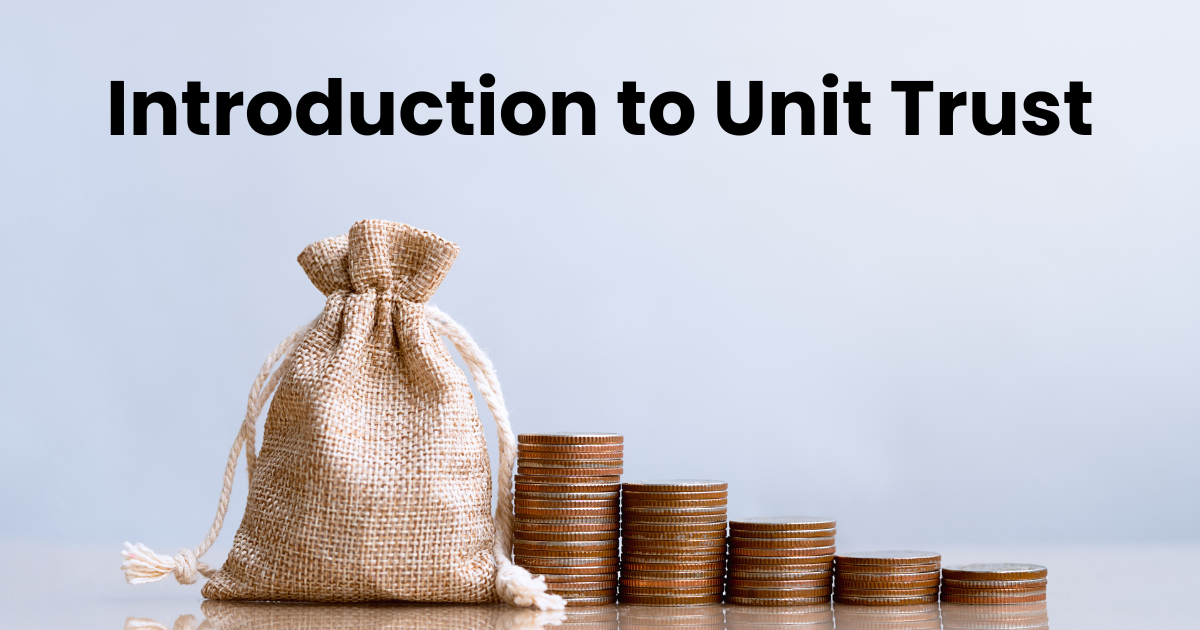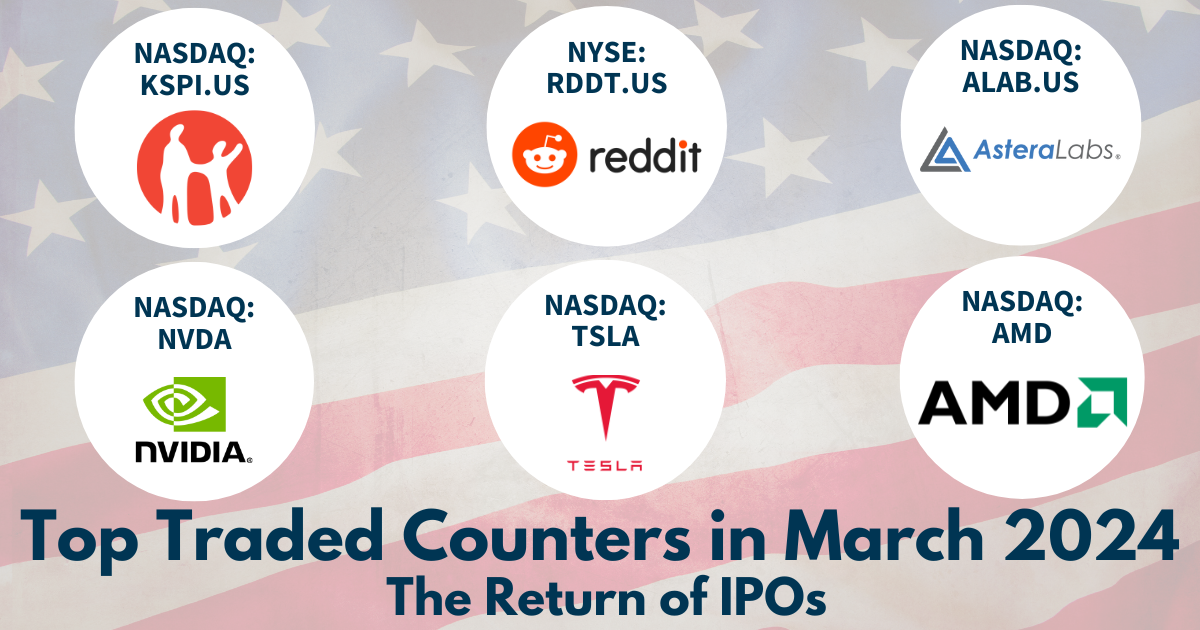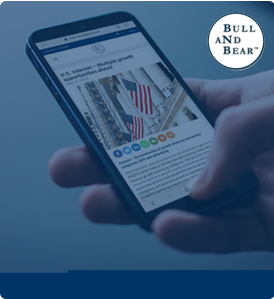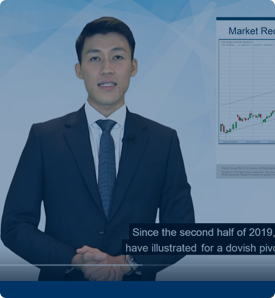Hostile takeover
Table of Contents
Hostile takeover
A hostile takeover is a corporate acquisition in which one company, known as the acquiring company or the “raider,” seeks to take control of another company, known as the target company, against the desire of the target company’s management and board of directors. A hostile takeover is a difficult and sometimes controversial procedure that might greatly impact the shareholders of the firms involved, the overall business environment, and the companies themselves.
What is a hostile takeover?
A hostile takeover, also known as an unsolicited takeover, is a scenario in which one company (the acquirer) aggressively pursues the acquisition of another company (the target) without the approval or consent of the target’s management and board of directors. This aggressive approach typically involves the acquirer making a direct offer to the target’s shareholders, bypassing traditional negotiation channels. Hostile takeovers can be contentious and often lead to significant conflicts between the involved parties.
Understanding hostile takeover
To fully appreciate the complexities of this business strategy, it is necessary to comprehend the dynamics of a hostile takeover. The reasons behind such acquisitions, the varied strategies acquirers’ use, and the legal and regulatory structure that oversees them are important factors.
- Motivations for hostile takeovers
Hostile takeovers are driven by various motivations, with financial gain often being a primary objective for acquirers. Some of the key motivations include:
- Value creation
Acquirers believe that merging with the target will create synergies, leading to increased operational efficiency, reduced costs, and higher profitability.
- Asset acquisition
The target company possesses valuable assets, such as intellectual property, market share, or strategic locations, which the acquirer aims to control.
- Tactics in hostile takeovers
Hostile takeovers involve a range of tactics that acquirers use to gain control of the target company. These tactics are often aggressive and can include:
- Tender offers
Purchasers directly approach shareholders of the target firm with offers to buy their shares at a premium above the going market rate.
- Proxy contests
Acquirers compete to elect directors to the target company’s board of directors who will be more supportive of the acquisition.
- Acquiring shares
Acquirers may progressively acquire a sizable portion of the target company’s shares on the open market, gaining voting power.
Legal and regulatory framework
Hostile takeovers are conducted within the bounds of existing legal and regulatory frameworks governing corporate acquisitions. In the United Kingdom, for example, the City Code on takeovers and mergers provides guidelines for conducting takeovers, whether they are friendly or hostile. Key regulatory aspects include:
- Acquirers must inform regulatory agencies and the general public about their plans and stakes in the target firm.
- Regulations frequently seek to guarantee that all shareholders are treated equally and that no preferential or selective agreements are made.
- To prevent hostile takeovers, the target firm may use a variety of takeover defences, such as poison pills.
History of hostile takeover
Hostile takeovers have a rich history dating back several decades. They have been pivotal in shaping the corporate landscape, influencing strategies, and prompting regulation changes.
When financier Daniel Drew and railroad magnate Jay Gould tried to seize possession of the Erie Railroad via boardroom battles and stock manipulation in the 19th century, it was regarded as one of the first hostile takeovers. A key period for hostile takeovers was the 1980s, which saw high-profile incidents like the failed attempt to acquire RJR Nabisco, immortalised in the novel and movie “Barbarians at the Gate.”
Benefits of a hostile takeover
While hostile takeovers are often viewed negatively due to their contentious nature, they are not without their perceived benefits.
- Market discipline
Hostile takeovers operate as a type of corporate governance, driving underperforming firms to improve their practices and shareholder value to discourage possible suitors.
- Efficiency improvement
To fend off the acquirer, hostile takeovers frequently encourage the targeted companies to reassess their operations, eliminate inefficiency, and boost productivity. This may result in better management and efficiency as a whole.
- Shareholder value
As a result of an acquisition price greater than the market value, shareholders of the target companies might earn a premium on their shares. For long-term investors, this may be quite profitable.
- Wealth redistribution
Wealth is frequently transferred from underperforming businesses to more effective ones, supporting the market’s general health and vitality.
Example of hostile takeover
The 2014 attempt by Pfizer to acquire pharmaceutical titan AstraZeneca is one example of a hostile takeover. In what turned out to be a highly publicised and acrimonious deal, AstraZeneca, a British pharmaceutical company, was sought by Pfizer, a pharmaceutical corporation with US headquarters.
Another prominent example of a hostile takeover was Comcast’s 2018 attempt to acquire American entertainment giant 21st Century Fox. Unlike Disney, who initially agreed to take over Fox through a friendly merger, Comcast submitted an unsolicited offer to buy Fox’s assets, notably its television and film studios. By starting a bidding war, Comcast’s aggressive offer increased the purchase price and pressured Fox’s board of directors to examine Comcast’s offer seriously. Disney ultimately won the bidding conflict and bought most of Fox’s assets. This hostile takeover scenario shows how high-stakes offers may derail business mergers and acquisitions.
Frequently Asked Questions
In a hostile takeover, the acquirer takes several calculated measures to take over the target business.
Target company management and boards often take defensive measures to thwart hostile takeover attempts.
Beyond pre-emptive measures, companies facing hostile takeovers can utilise a range of defensive mechanisms to resist acquisition attempts like poison pills, golden parachutes, and other strategies.
Here, both parties willingly agree to the transaction, and a hostile takeover occurs when the target company’s management opposes the acquisition.
Hostile takeovers are conducted within the framework of existing laws and regulations governing corporate acquisitions.
Related Terms
- Adjusted distributed income
- International securities exchanges
- Margin Requirement
- Pledged Asset
- Stochastic Oscillator
- Prepayment risk
- Homemade leverage
- Prime bank investments
- ESG
- Capitulation
- Shareholder service fees
- Insurable Interest
- Minority Interest
- Passive Investing
- Market cycle
- Adjusted distributed income
- International securities exchanges
- Margin Requirement
- Pledged Asset
- Stochastic Oscillator
- Prepayment risk
- Homemade leverage
- Prime bank investments
- ESG
- Capitulation
- Shareholder service fees
- Insurable Interest
- Minority Interest
- Passive Investing
- Market cycle
- Progressive tax
- Correlation
- NFT
- Carbon credits
- Hyperinflation
- Travel insurance
- Money market
- Dividend investing
- Digital Assets
- Coupon yield
- Counterparty
- Sharpe ratio
- Alpha and beta
- Investment advisory
- Wealth management
- Variable annuity
- Asset management
- Value of Land
- Investment Policy
- Investment Horizon
- Forward Contracts
- Equity Hedging
- Encumbrance
- Money Market Instruments
- Share Market
- Opening price
- Transfer of Shares
- Alternative investments
- Lumpsum
- Derivatives market
- Operating assets
- Hypothecation
- Accumulated dividend
- Assets under management
- Endowment
- Return on investment
- Investments
- Acceleration clause
- Heat maps
- Lock-in period
- Tranches
- Stock Keeping Unit
- Real Estate Investment Trusts
- Prospectus
- Turnover
- Tangible assets
- Preference Shares
- Open-ended investment company
- Standard deviation
- Independent financial adviser
- ESG investing
- Earnest Money
- Primary market
- Leveraged Loan
- Transferring assets
- Shares
- Fixed annuity
- Underlying asset
- Quick asset
- Portfolio
- Mutual fund
- Xenocurrency
- Bitcoin Mining
- Option contract
- Depreciation
- Inflation
- Cryptocurrency
- Options
- Asset
- Reinvestment option
- Capital appreciation
- Style Box
- Top-down Investing
- Trail commission
- Unit holder
- Yield curve
- Rebalancing
- Vesting
- Private equity
- Bull Market
- Absolute Return
- Leaseback
- Impact investing
- Venture Capital
- Buy limit
- Asset stripper
- Volatility
- Investment objective
- Annuity
- Sustainable investing
- Face-amount certificate
- Lipper ratings
- Investment stewardship
- Average accounting return
- Asset class
- Active management
- Breakpoint
- Expense ratio
- Bear market
- Annualised rate of return
- Hedging
- Equity options
- Dollar-Cost Averaging (DCA)
- Due Diligence
- Contrarian Investor
Most Popular Terms
Other Terms
- Settlement currency
- Federal funds rate
- Active Tranche
- Convertible Securities
- Synthetic ETF
- Physical ETF
- Initial Public Offering
- Buyback
- Secondary Sharing
- Bookrunner
- Notional amount
- Negative convexity
- Jumbo pools
- Inverse floater
- Forward Swap
- Underwriting risk
- Reinvestment risk
- Final Maturity Date
- Payment Date
- Secondary Market
- Mark-to-market
- Yield Pickup
- Subordinated Debt
- Trailing Stops
- Treasury Stock Method
- Bullet Bonds
- Basket Trade
- Contrarian Strategy
- Exchange Control
- Notional Value
- Relevant Cost
- Dow Theory
- Speculation
- Stub
- Trading Volume
- Going Long
- Pink sheet stocks
- Rand cost averaging
- Sustainable investment
- Stop-limit sell order
- Economic Bubble
- Ask Price
- Constant prepayment rate
- Covenants
- Stock symbol
- Companion tranche
- Synthetic replication
- Bourse
- Beneficiary
- Witching Hour
Know More about
Tools/Educational Resources
Markets Offered by POEMS
Read the Latest Market Journal

Navigating the vast world of unit trusts can be daunting. With nearly 2000 funds available...

Predicting Trend Reversals with Candlestick Patterns for Beginners
Candlestick patterns are used to predict the future direction of price movements as they contain...

In the diverse and complex world of investing, unit trusts stand out as a popular...

Back in Business: The Return of IPOs & Top Traded Counters in March 2024
Start trading on POEMS! Open a free account here! At a glance: Major indices continue...

Weekly Updates 15/4/24 – 19/4/24
This weekly update is designed to help you stay informed and relate economic and company...

From $50 to $100: Unveiling the Impact of Inflation
In recent years, inflation has become a hot topic, evoking strong emotions as the cost...

Japan’s Economic Resurgence: Unveiling the Tailwinds Behind Nikkei 225’s Record Leap
Source: eSignal, Intercontinental Exchange, Inc. In the heart of Japan’s economic landscape, the Nikkei 225...

Weekly Updates 8/4/24 – 12/4/24
This weekly update is designed to help you stay informed and relate economic and...












